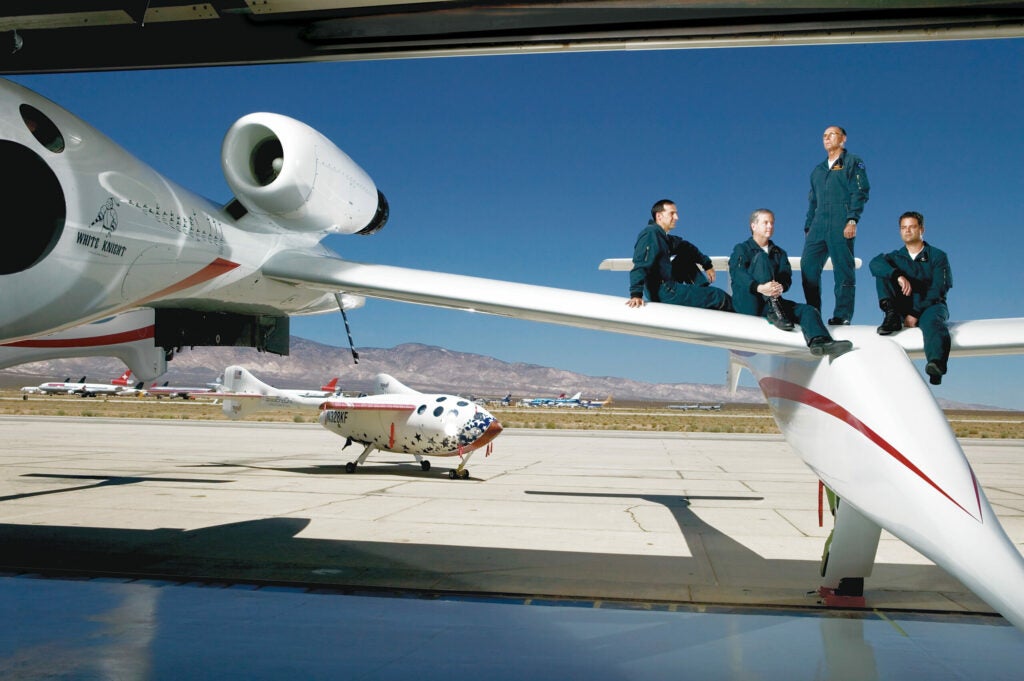Week 9: Space + Art
Space and Art
The idea of space or extraterrestrial and cosmological elements represents an abstract field that we cannot usually see and must rely on our imaginations to visualize. Art enables our imaginations by supplementing it with models, drawings, and videos that help us realize the scale of the unexplored, and that "the richness of our neighborhood is the exception" (Eames Office).
Models dating back to Copernicus' heliocentric model of space remain essential in representing space and its elements. Further, many aspects of space exploration were imagined by artists before they were achieved including the weightlessness of the moon described by Jules Verne in "From the Earth to the Moon" in 1856. Thus, space exploration, which is a topic of large interest in popular culture today, started off largely visionary in nature, fueled by art.
 |
| Image 1: From the Earth to the Moon |
The presence of geometric designs and ordered structures in space has been of interest for decades. One of the most popular examples is the discovery of "buckyballs", which are highly ordered structures made of 60 carbon atoms thought to be carried by meteorites that populated the Earth with the abundance of minerals and organic compounds it currently holds (Sawyer). More recently, however, scientists have identified discreet interstellar bands arising from buckminster fullerenes (Campbell). This is a significant finding given that the environment between stars was previously assumed to be inhospitable to molecules, even less likely was the presence of this highly ordered structure.
 |
| Image 2: Buckyballs in Space |
Today, as space is becoming more reachable due to technological advances and privatization, access to space remains dependent on design. For example, one of the key developments in the move to privatization of space exploration was the Ansari X Prize which awarded a $10 million prize to crews that could launch a crewed spacecraft into space twice within two weeks, thus launching the $2 billion space industry.
 |
| Image 3: The Winners of the 2004 Ansari X Prize |
Space exploration is becoming increasingly popular and coveted, requiring large developments in science and design. However, many aspects of space remain unexplored and inaccessible, and the ability to use art to imagine and model the unknown remains the primary source of representation of the extraterrestrial and interstellar.
Works Cited
Ansari. “Launching a New Space Industry.” XPRIZE, 2004, www.xprize.org/prizes/ansari.
Campbell, E. K., et al. “Laboratory Confirmation of C60+ as the Carrier of Two Diffuse Interstellar Bands.” Nature, vol. 523, no. 7560, 2015, pp. 322–323, https://doi.org/10.1038/nature14566.
Eames Office, director. Powers of TenTM (1977). YouTube, YouTube, 26 Aug. 2010, https://www.youtube.com/watch?v=0fKBhvDjuy0. Accessed 2 June 2023.
Sawyer, Kathy. “Evidence of a Fiery Seeding of Earth.” The Washington Post, 15 Apr. 1996, www.washingtonpost.com/archive/politics/1996/04/15/evidence-of-a-fiery-seeding-of-earth/2cef461d-602c-4ac7-9f1e-226b2cde6c9c/.
Verne, Jules. From the Earth to the Moon. ARCTURUS PUBLISHING LTD, 2022.
Images/Videos Cited
Allain, Rhett. “Weight in Jules Verne’s from the Earth to the Moon.” Wired, 16 July 2011, www.wired.com/2011/07/weight-in-jules-vernes-from-the-earth-to-the-moon/.
Croswell, Ken. “Yes, There Really Are Buckyballs in Space.” Science, 15 July 2015, www.science.org/content/article/yes-there-really-are-buckyballs-space.
Grush, Loren. “From the Archives: How the $10 Million Ansari X Prize Was Won.” Popular Science, 26 Apr. 2021, www.popsci.com/article/technology/archives-how-10-million-ansari-x-prize-was-won/.
Hi Anouska! I enjoyed your discussion of how space and space exploration has piqued human interest throughout history. Humanity has always sought to explore what has yet to be discovered. Like you said, there are still many unanswered questions in regard to space travel, and it would be interesting to what innovative designs help humanity reach their goals in space.
ReplyDeleteHi Anouska! I really enjoyed reading your post and your exploration of geometric signs in space. You also did a great job explaining how space exploration is becoming more popular and accessible. I look forward to reading more into this!
ReplyDelete